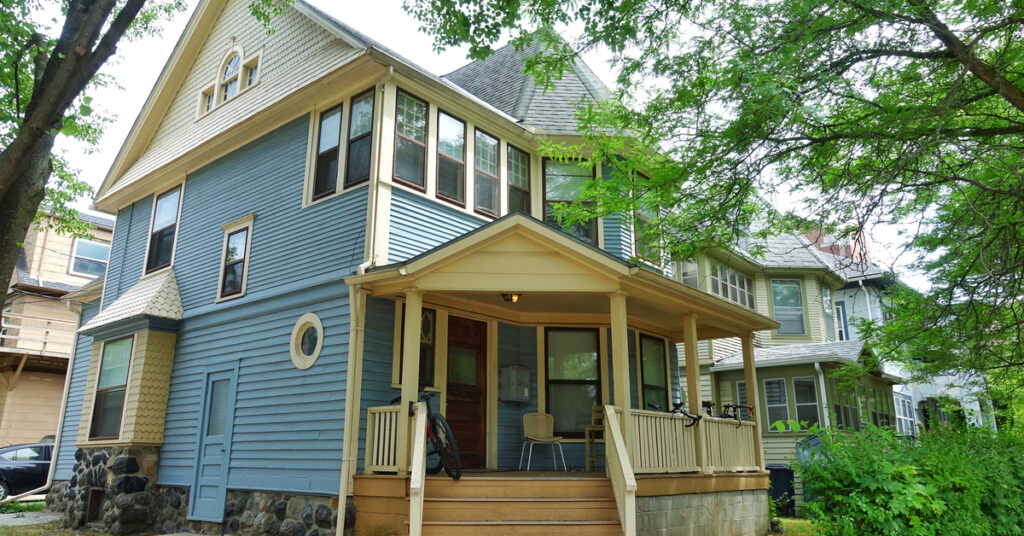According to new figures from First American Financial Corp., a seasonally adjusted annualized rate of 5.47 million existing-home sales would represent a “healthy” pace of home sales for June.
According to the company’s Potential Home Sales Model, these activities dipped 2.5% month over month and 13.1% year over year. The Potential Home Sales Model is a proprietary metric established by First American that gauges what the healthy level of home sales should be based on economic, demographic and housing-market fundamentals.
While potential home sales continue to fall from the elevated levels seen during the heights of the pandemic-era housing boom, June’s potential home-sales figure still represents a 56.9% bounce back from the metric’s low point in February 1993.
“While housing-market potential remains strong from a historical perspective, it is down from pandemic highs, said Mark Fleming, First American’s chief economist. “Compared with June 2021, the market potential for existing-home sales has decreased by approximately 823,000 sales.”
Tighter borrowing standards have contributed to the recent decrease, with lenders constricting their credit criteria in recent months due to ongoing economic uncertainty coupled with the Federal Reserve’s aggressive monetary policies. But keying the recent potential-sales decline has been a drop in consumer homebuying power, with mortgage rates jumping 2.5 percentage points year over year without enough growth in household income over the same period.
“Holding household income constant at its June 2021 level, the increase in mortgage rates reduced house-buying power by $123,500,” Fleming said. “A 4.4% annual increase in household income helped to mitigate some of the impact of rising rates on affordability. Once accounting for the rise in household income, house-buying power fell by $108,000 since June 2021. The overall decline in house-buying power reduced housing-market potential by 522,000 potential home sales.”
Also playing a part is an increase in homeowner tenure, which has grown from 10.4 years to 10.6 years since June 2021.
Get these articles in your inbox
Sign up for our daily newsletter
Get these articles in your inbox
Sign up for our daily newsletter
“The main reason? Low mortgage rates discourage existing homeowners from selling because there is no increased house-buying power other than that which comes from household income growth,” Fleming said. “Homeowners staying put reduced market potential by 80,000 potential home sales compared with one year ago.”
Some fundamentals are boosting housing-market potential market, including growth in household formations and still-rising home prices.
“As a homeowner gains equity in their home, they are more likely to consider using the equity to purchase a larger or more attractive home,” Fleming said. “However, if equity is low, homeowners are likely to remain ‘equity locked-in’ to their home,” said Fleming, noting that house-price appreciation during the past year increased the housing-market potential by nearly 193,000 sales.
“This may be particularly important in an environment where house-price growth is beginning to moderate, as sellers may be tempted to jump into the market to capture the higher sales price, yet these potential sellers must also contend with a rising interest rate environment.”
More decreases in potential existing-home sales may be on the way, Fleming cautioned, although he reiterated that the regression will bring the metric more in line with historic averages rather than the aberrant peaks of the past few years.
“Market potential is currently near early 2019 levels,” he said. “Households are continually forming and increasing demand for shelter, existing homeowners have record levels of home equity and the fear of not being able to find something to buy is easing. As the housing market adjusts to a post-pandemic norm with higher mortgage rates, housing-market potential will subside from recent highs, but those highs were the exception and not the norm.”





















































